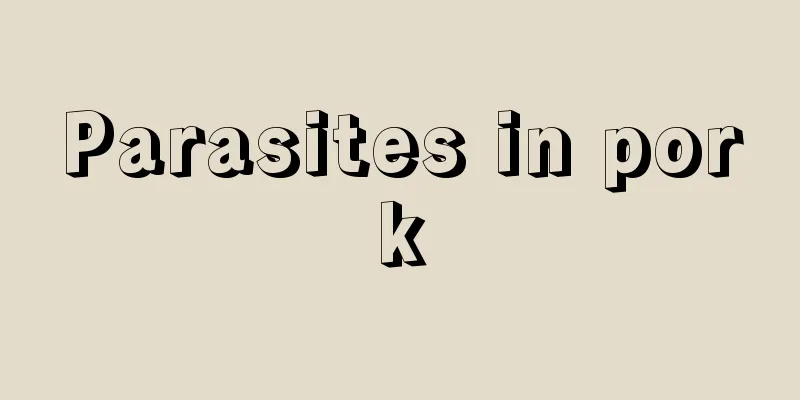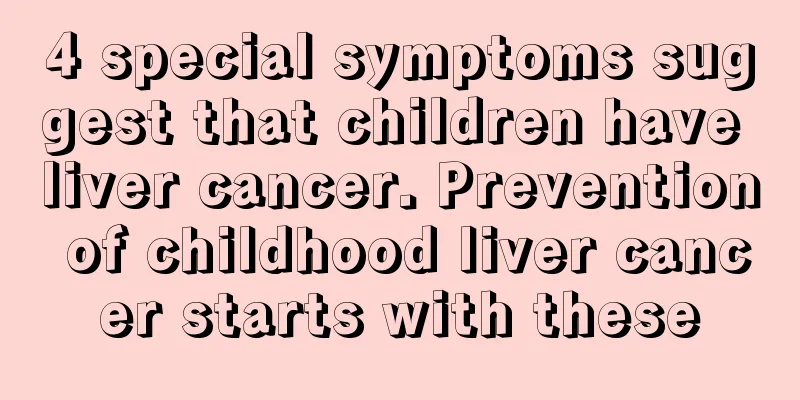Parasites in pork

|
Parasites in pork will not only directly affect the growth of piglets, but also affect the quality of the pork itself. At the same time, if parasites appear in the pig's body, generally speaking, the processing of its meat must be processed at high temperature, otherwise the parasite eggs in its body will hatch and grow in the human body, posing a great danger to human health. Pigs are intermediate hosts for many parasites and may contain multiple parasites. Pigs are the intermediate hosts of Taenia solium, and are also important hosts of Trichinella spiralis, Sarcocystis and Toxoplasma gondii. Pork may contain cysticercus of Taenia solium (such pork is commonly known as "rice pork" or "rice noodle pork"), cysts formed by the larvae of Trichinella spiralis, cysts formed by Sarcocystis and Toxoplasma. People who eat such uncooked pork may be infected with Taenia solium (called Cunbaiworm or Bai in ancient medical books), Trichinella spiralis, Sarcocystis and Toxoplasma. Pork redworm damage: Adult worms parasitize the human small intestine, usually with one worm. In some endemic areas, the average number of infected worms is as high as 2.3 to 3.8. China reported one case with the highest number of infections at 19. The clinical symptoms of enteric nematode disease are generally mild. The discovery of proglottids in stool is the most common reason for patients to seek medical attention. A small number of patients have symptoms such as upper or entire abdominal ulcer, indigestion, diarrhea, and weight loss. Occasionally, local damage may occur due to the fixation of the head segment to the intestinal wall, and in a few cases, the intestinal wall may be pierced or intestinal obstruction may be caused. China has reported cases of ectopic parasitism of adult worms (body size 15×0.3cm and 8cm×0.2cm respectively) under the thigh skin and in the thyroid tissue. Cysticercosis is one of the parasitic diseases that seriously harms the human body. It is commonly known as cysticercosis and its degree of harm is greater than that of red worm disease. The degree of harm varies depending on the location and number of cysticercus parasites. Generally speaking, pork on the market has undergone strict testing and there are no major problems. Cooking pork thoroughly can kill these parasites. Eating undercooked pork infected with the above parasites may cause infection with these parasites. |
<<: What to do if you peed on your cotton quilt
>>: What's the matter with white drops at the end of urine?
Recommend
What are the symptoms of liver cancer 2 months before death? Four nursing measures should be taken in the late stage of liver cancer
Liver cancer is one of the malignant tumors with ...
What are the symptoms of high blood acidity
If the blood acid level is high, it may cause hyp...
What are the symptoms of cervical bone spurs?
Cervical bone spurs, also known as cervical bone ...
How to treat headache symptoms caused by nasopharyngeal carcinoma
What are the symptoms of headaches caused by canc...
Imported drugs for treating prostate cancer
We know that in today's life, prostate cancer...
What should you drink to sober up after drinking?
I believe many people have experienced the painfu...
What are the folk remedies for athlete's foot and sore feet
It is very common for athlete's foot to gradu...
Uses of expired beer
In our daily lives, beer often expires, but do we...
Can men with nasopharyngeal cancer have children?
Can men with nasopharyngeal cancer have children?...
Causes and pathology of bone cancer
The cause of bone cancer is still unclear. It is ...
Sea buckthorn energy oil
Sea buckthorn energy oil has many functions. It c...
How to quickly solve the problem of getting drunk on the face
"People who blush when drinking alcohol don&...
Which is better, liquid foundation or air cushion BB?
There are many types of cosmetics on the market n...
What ointment should I use for black corners of mouth
Many people will find in life that boys will grow...
What causes vitiligo?
Vitiligo is a relatively common skin disease. The...









